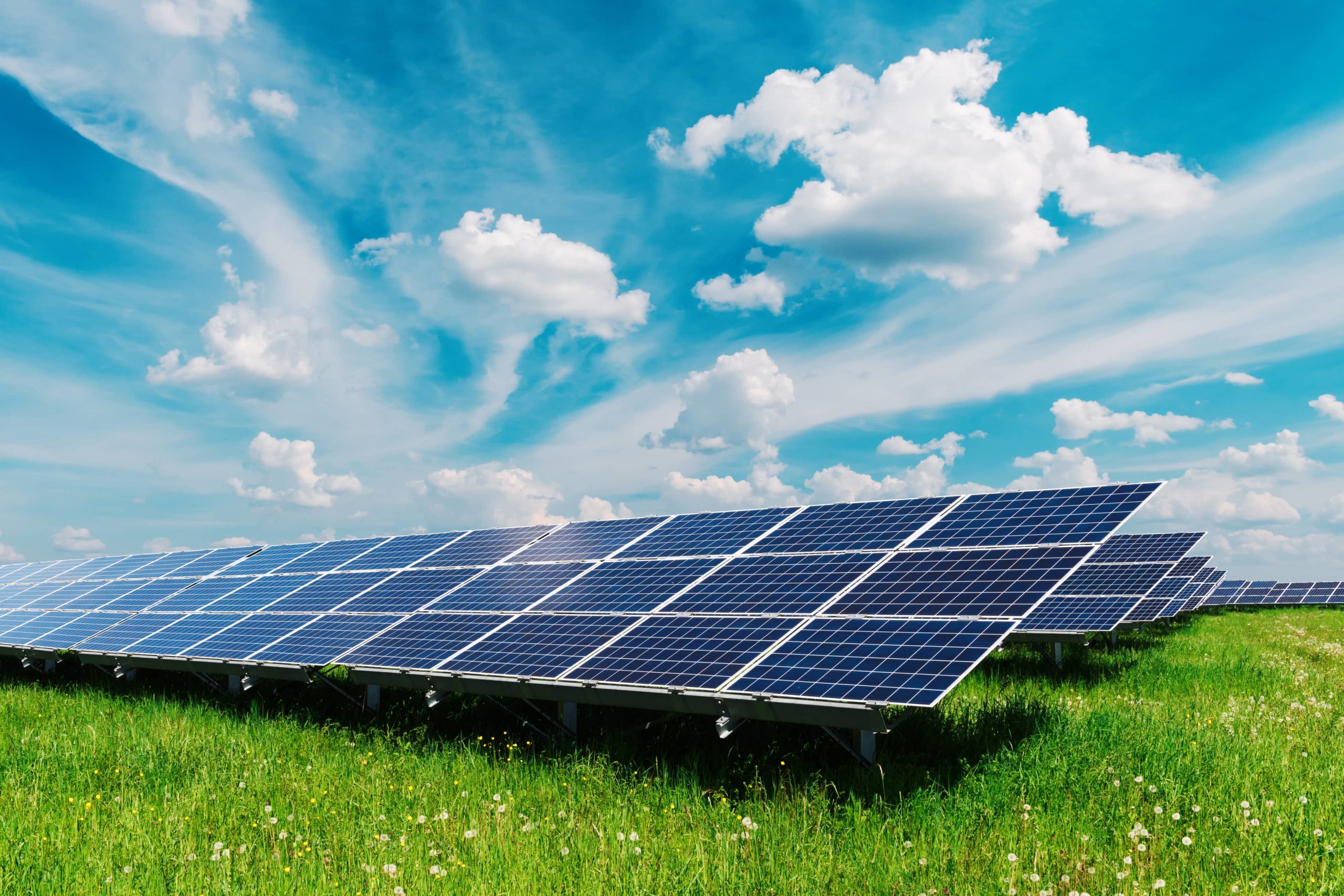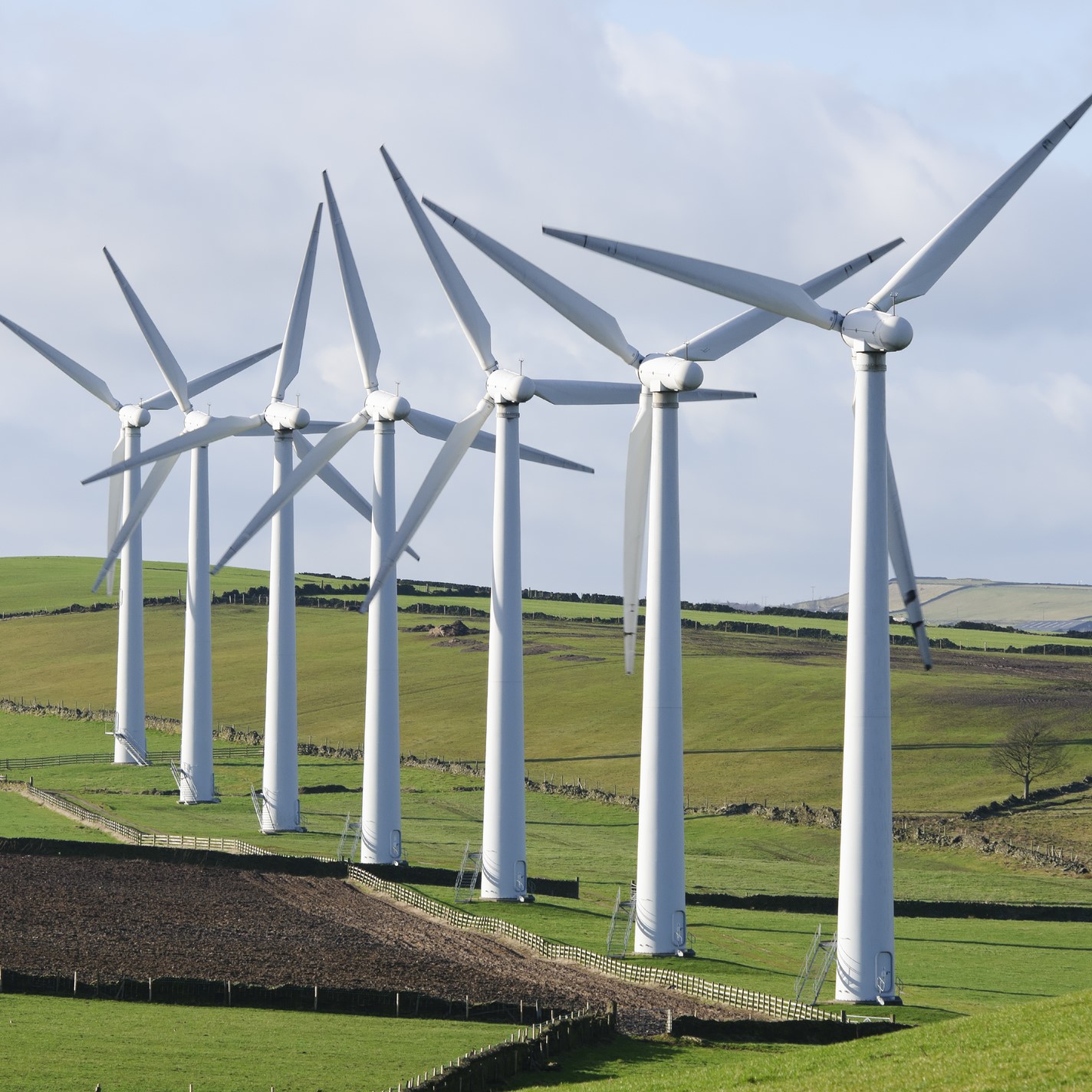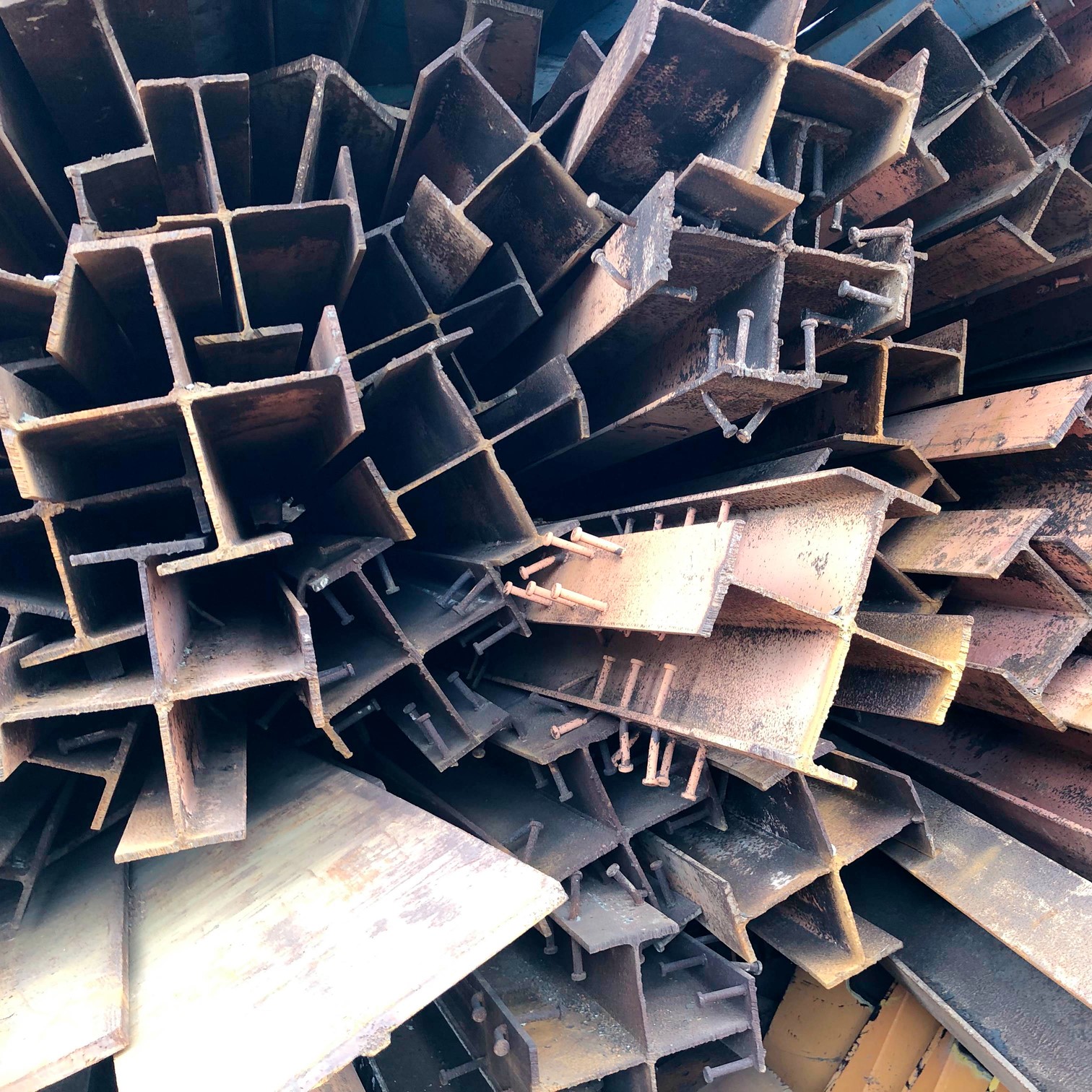The role of steel in the recycling and renewable energy industries
When thinking about innovative materials for construction and fabrication in the renewable energy and recycling industries most people do not immediately think of steel, common construction and manufacturing material that is used throughout the world. But steel is an integral part material for the renewable and recyclable sectors, used both for its strength and flexibility, but also as an alternative to other construction and manufacturing materials that have a more costly effect on the environment in their manufacture or use.
Steel use in the renewable energy industry
Steel is in integral part of building construction in this industry, as it is in many others. But steel also has many other applications within a renewable energy plant.
Solar Power
Steel is used within solar power plants for applications past building housing for transformers or other equipment. Along with making up a number of manufactured parts within the equipment on site, steel can also be used as a replacement to concrete foundations used to secure runs of panels. Steel ground screws and light steel frames can be used as an alternative foundation system for panels. These make for low impact foundations on the ground on the site, allowing the natural flora and fauna to be retained during and after installation, the nature of ground screws means they can also be easily removed should a solar plant need to re-locate or reconfigure their panel layout. Along with these practical benefits, it also allows the solar plant to reduce its use of concrete, steel is considered a more environmentally friendly construction material than concrete (https://core.ac.uk/download/pdf/4399726.pdf) and so should be used to replace concrete where possible.




Solar Power
Steel is used within solar power plants for applications past building housing for transformers or other equipment. Along with making up a number of manufactured parts within the equipment on site, steel can also be used as a replacement to concrete foundations used to secure runs of panels. Steel ground screws and light steel frames can be used as an alternative foundation system for panels. These make for low impact foundations on the ground on the site, allowing the natural flora and fauna to be retained during and after installation, the nature of ground screws means they can also be easily removed should a solar plant need to re-locate or reconfigure their panel layout. Along with these practical benefits, it also allows the solar plant to reduce its use of concrete, steel is considered a more environmentally friendly construction material than concrete (https://core.ac.uk/download/pdf/4399726.pdf) and so should be used to replace concrete where possible.


Wind Power
Most people are surprised to learn that steel is the primary material used in the manufacture of both off-shore and on-shore wind turbines. Steel makes for a strong and flexible material for everything from the foundations up to the rotating blades and for some parts is the only suitable material available.
Steel is used in the most important features of a wind turbine, such as the frame for the nacelle. A wind turbine nacelle contains the generator, gearbox and drivetrain of the turbine, these control the speed of the blades and converts its motion to energy. They can weigh over 300tons and need a strong, long lasting material to hold these securely in place and not succumb to vibrations from the wind turbine. Nacelles also need to use electrical steel to ensure the parts within the nacelle runs safely. Some nacelles for offshore windfarms even have a helicopter pad attached to the top, with the nacelle frame having to hold both its parts and the weight of the helipad, helicopter and withstand the downward draft of the helicopter blades.
Steel and the Recycling Industry
While steel undoubtedly plays a role as a material used to produce Material Recovery Facility machinery and equipment, it has a much larger role to play as a recyclable material passing through these facilities.
Two thirds of steel used in the UK is from primary production sources, this means that the steel has been made directly from materials, such as iron ore that has been mined. With the other third being made up mostly by off cuts in fabrication processes. Steel however, is a highly recyclable material, pivoting away from Primary to Secondary (recycled) steel could greatly reduce the release of carbon into the environment and it is predicted that demand for primary steel may reduce to near zero over the coming decades (https://tinyurl.com/mr2kva2d) as more companies and governments work towards carbon neutrality.
This means that steel recycling could see a major boost in the coming decades, Steel companies such as Adelca in Ecuador are now working to recycle steel after investing in an electric arc furnace (EAF) (https://tinyurl.com/2c8ns2re). Material Recovery Facilities can play a key role in the collection and sorting of steel for recycling, passing this on to steel manufacturers who can then use EAFs to produce usable steel with minimal environmental impact.


There are many roles for steel in both the renewable energy and recycling industries, both as a material for fabricating machines and as a material suitable for recycling through a facility. It’s likely that over the coming decades we’ll see a vast increase in the production of recycled steel for projects, which will provide another resource for the recycling industry.
Contact Red Leaf Enviro
to discuss your project
Contact us today to discuss the requirements of your next project, our experienced team will be happy to help.
We can provide a full turnkey solution or fabricate and install to a third-party design.
